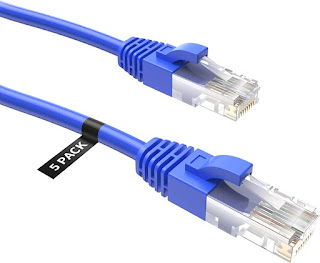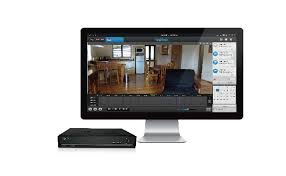Different Between IP Dome CCTV Camera and Analog Dome CCTV Camera
Different Between IP Dome CCTV Camera and Analog Dome CCTV Camera
here is a breakdown of the key differences between IP dome CCTV cameras and analog dome CCTV cameras:
Technology:
IP Dome Camera:
Utilizes network (Ethernet cable or Wi-Fi) connection to transmit digital video data.
Analog Dome Camera: Relies on coaxial cables to transmit analog video signals.
Image Quality:
IP Dome Camera: Offers superior image quality with high-definition (HD) or even 4K resolution, providing sharper and clearer images for better identification of objects and people.
Analog Dome Camera: Limited to standard definition (SD) resolution, resulting in lower quality footage with less detail.
Scalability:
IP Dome Camera: Easier to expand your security system by adding new cameras that simply connect to the network.
Analog Dome Camera: Adding new cameras requires additional complex cabling for each camera, making expansion more challenging.
Features:
IP Dome Camera: Offers a wider range of advanced features, including:
High-quality Night Vision: Superior night vision range and clarity compared to analog cameras, utilizing advanced IR technology or starlight night vision.
Remote Pan-Tilt-Zoom (PTZ) Control (optional): Allows adjusting the viewing angle remotely for wider monitoring options.
Two-way Audio Communication (optional): Built-in microphones and speakers enable two-way communication for interacting with visitors or deterring intruders.
Motion Detection with zones: More sophisticated motion detection with customizable zones and alerts.
Analog Dome Camera: Generally offers fewer features. Some models might have basic features like varifocal lenses for adjusting the field of view and day/night functionality.
Installation:
IP Dome Camera: Power over Ethernet (PoE) technology (optional) simplifies installation by transmitting both data and power over a single Ethernet cable, reducing cable clutter.
Analog Dome Camera: Requires separate power supplies for each camera, leading to more complex installation.
Recording:
IP Dome Camera: Works with Network Video Recorders (NVRs) that offer digital storage with greater flexibility and search capabilities compared to analog DVRs. Digital storage also allows for easier backups and remote access to recordings.
Analog Dome Camera: Relies on Digital Video Recorders (DVRs) with analog storage, offering limited search functions and remote access capabilities compared to NVRs.
Other Considerations:
Appearance: Both can have a dome-shaped housing for a discreet look and vandal resistance.
Weatherproofing: Both can be weatherproof for outdoor use. However, some models might have additional features for harsher environments.
In summary:
IP dome cameras offer significant advantages over analog dome cameras in terms of image quality, scalability, features, and future-proof technology. While the initial cost of an IP dome camera system might be slightly higher, the long-term benefits outweigh the initial investment for a robust and reliable security system.
Other factors to consider:
Warranty: Choose a camera with a good warranty period for peace of mind.
Mobile App Compatibility: Ensure the camera can be accessed and controlled through a user-friendly mobile app.
Technical Support: Consider the availability and quality of technical support offered by the manufacturer.
Here's an easy analogy:
Think of an IP dome camera as a high-tech smartphone that captures high-quality videos and connects to the internet.
Think of an analog dome camera as a classic flip phone with limited resolution and functionality.






Comments
Post a Comment